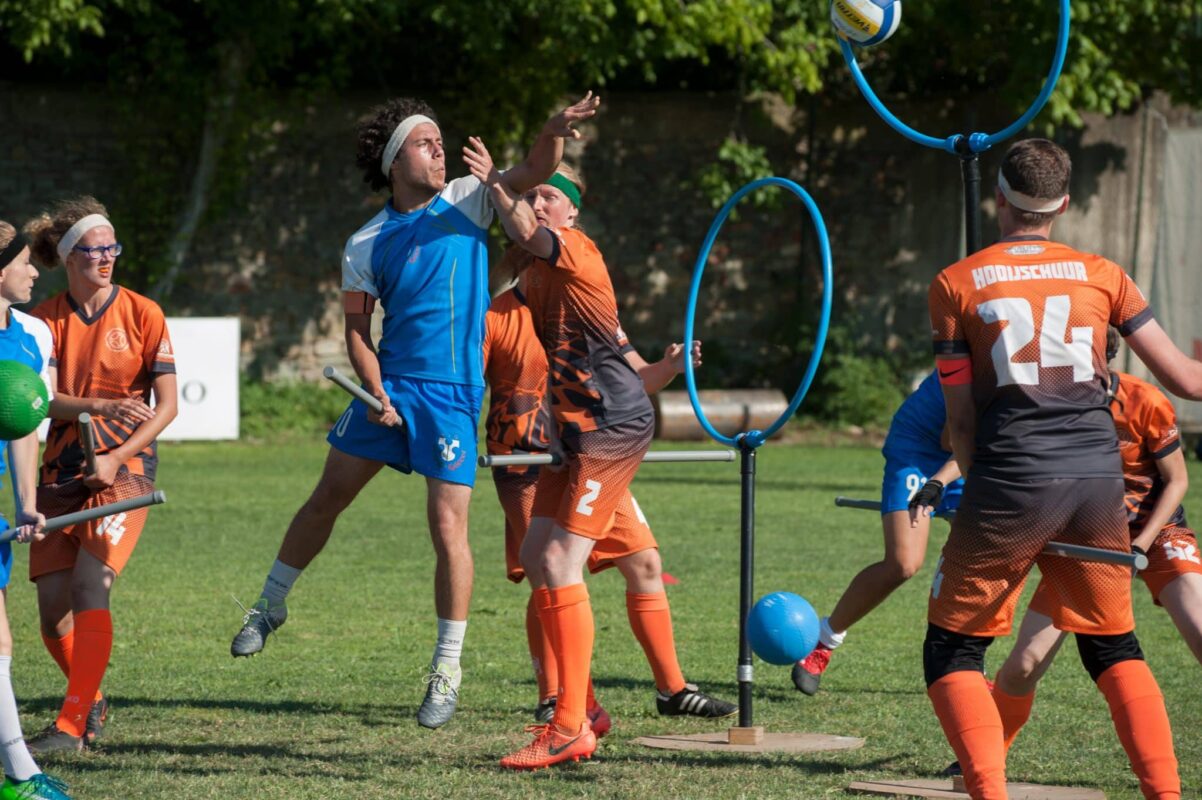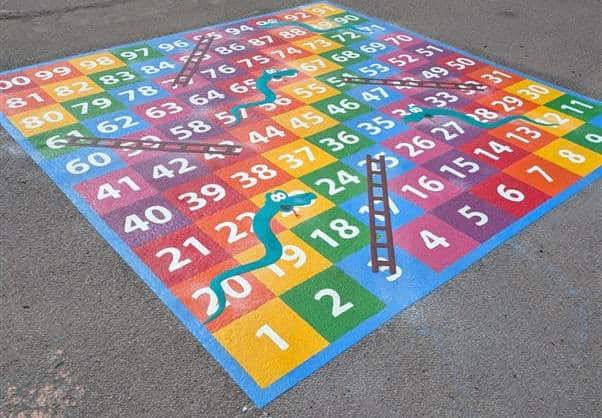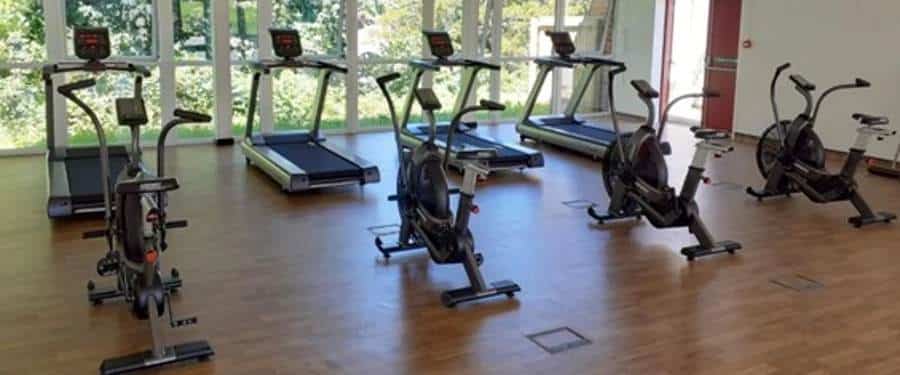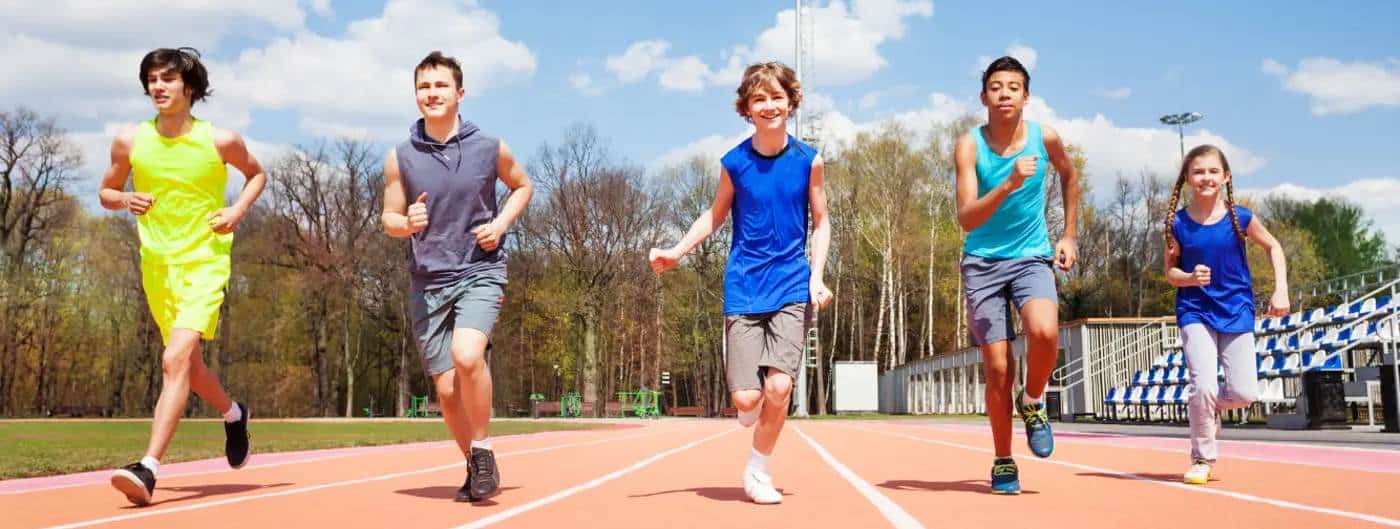Secondary schools looking to introduce weightlifting programs for their students must ensure the programme is planned and monitored by appropriately qualified and competent professionals. Weightlifting, as a form of resistance training, can benefit older secondary students’ health, but only when proper guidance is followed.
All staff members teaching weightlifting in schools should have a relevant qualification, such as the 1st4sport Level 2 Award in Instructing Weight Lifting. This qualification can be accessed by specialist-qualified physical education teachers and physical education trainee teachers. Staff members who are not qualified teachers should have at least a 1st4sport Level 2 Certificate in Coaching Weight Lifting.
It’s important to note that holders of the 1st4sport Level 2 Award in Instructing Weight Lifting are not automatically eligible to coach weightlifting in a non-school setting, such as a community club.
When setting up a weightlifting area, it’s important to have mats for lifting weights to protect the equipment and facilities from unnecessary damage. Additionally, a platform is a specific piece of flooring apparatus or matting used for the sport of weightlifting that provides a hard surface to stand on (for stability) while performing the exercise and soft surfaces on either side for dropping the weights in a manner that is safe and protective for the facility and equipment.
It’s recommended by British Weight Lifting that there should be an emphasis on skill mastery and technique development, rather than just weight lifted, until the age of 13 years. This approach will help students develop good form and technique, which can be a foundation for more advanced weightlifting training later in life.
The British Association of Sport and Exercise Sciences (BASES) recommends avoiding high-intensity resistance exercise during periods of rapid growth. They also suggest alternating rest and resistance exercises where the training stimulus involves considerable overload. After heavier resistance exercise programs, it is recommended to follow a 48-hour recovery period.
In conclusion, introducing weightlifting programs in secondary schools can be a great way to promote physical health, but it’s crucial to ensure that the program is planned, programmed, and monitored by appropriately qualified and competent professionals. Following these guidelines will help students learn proper form and technique, and prevent injuries.





